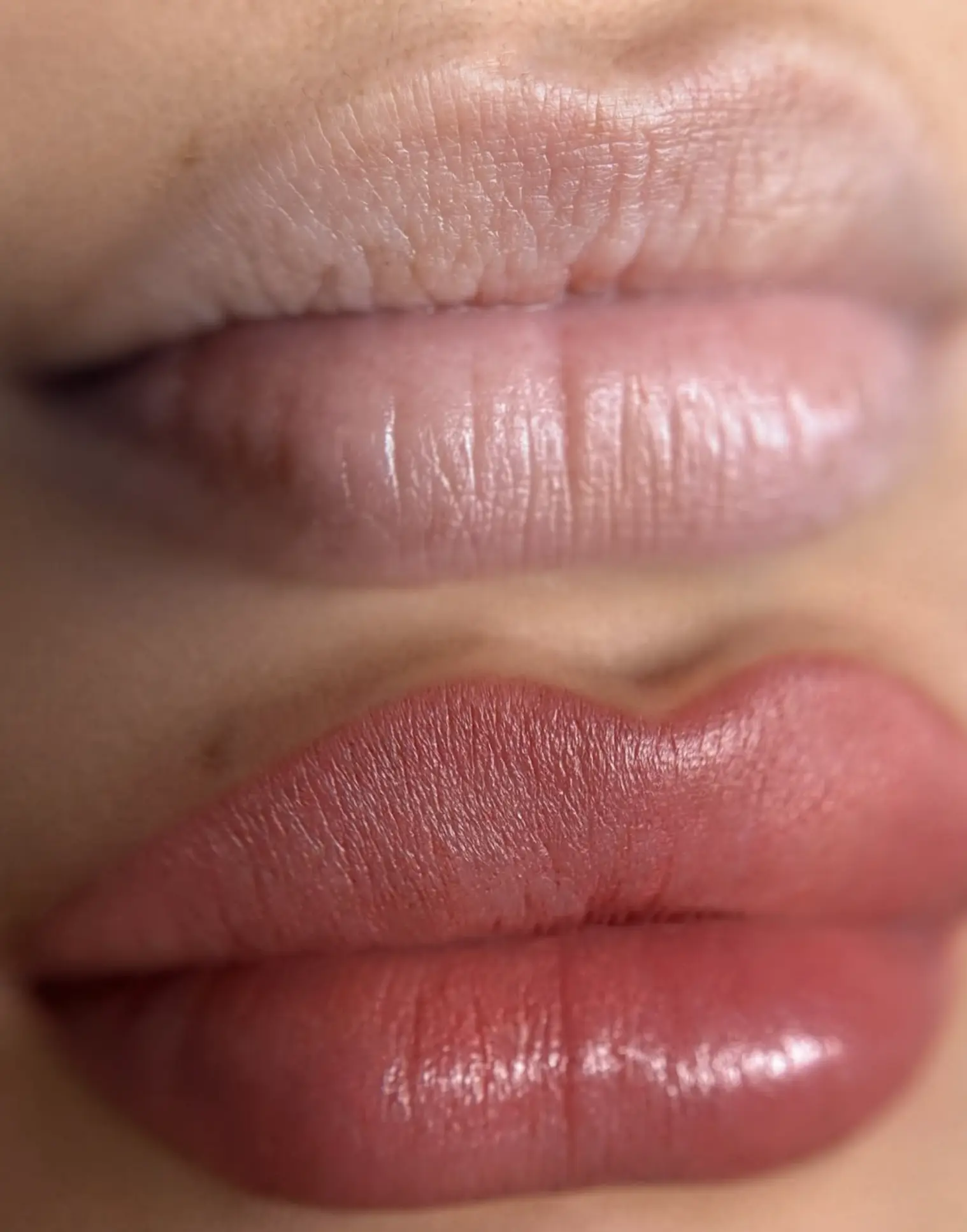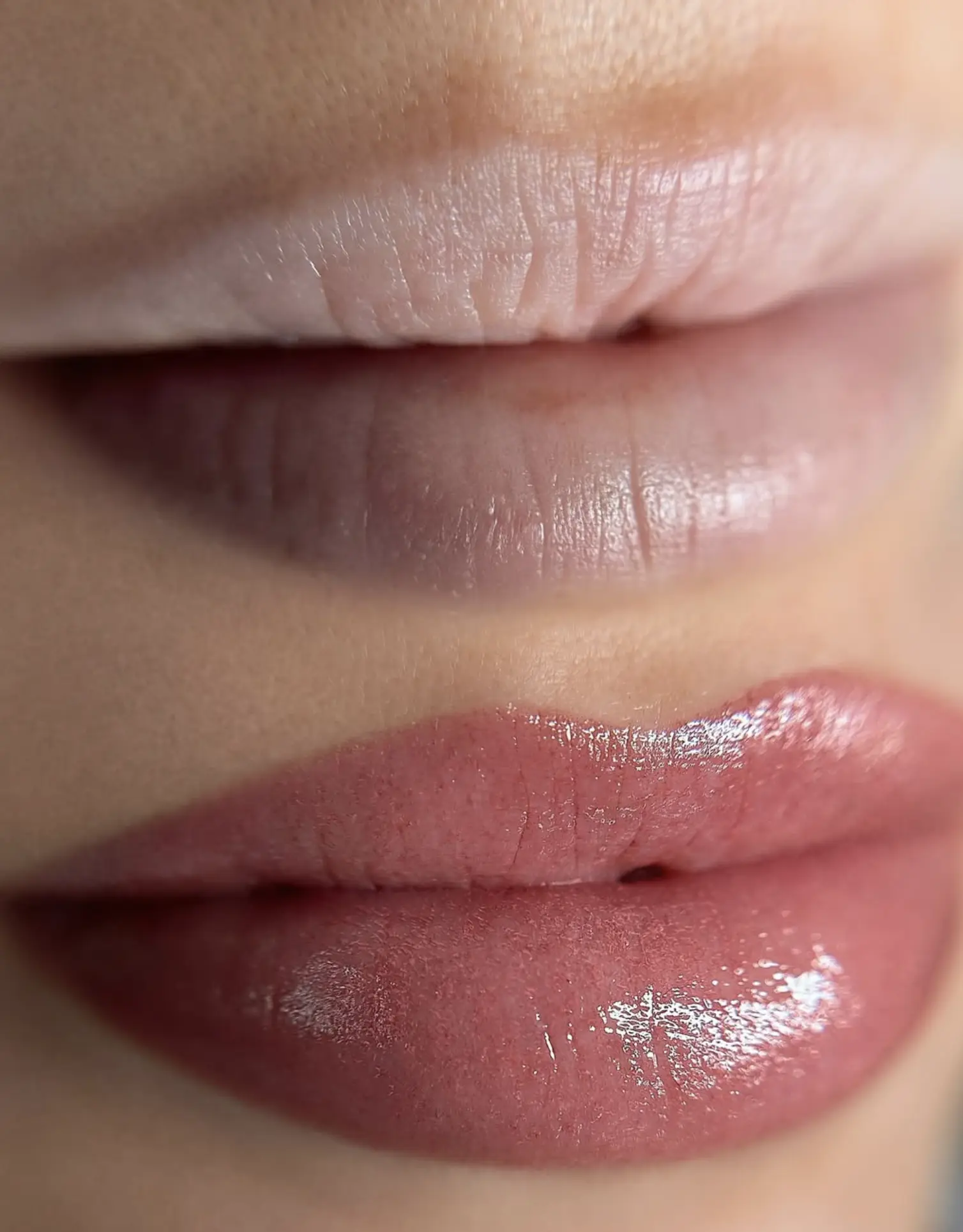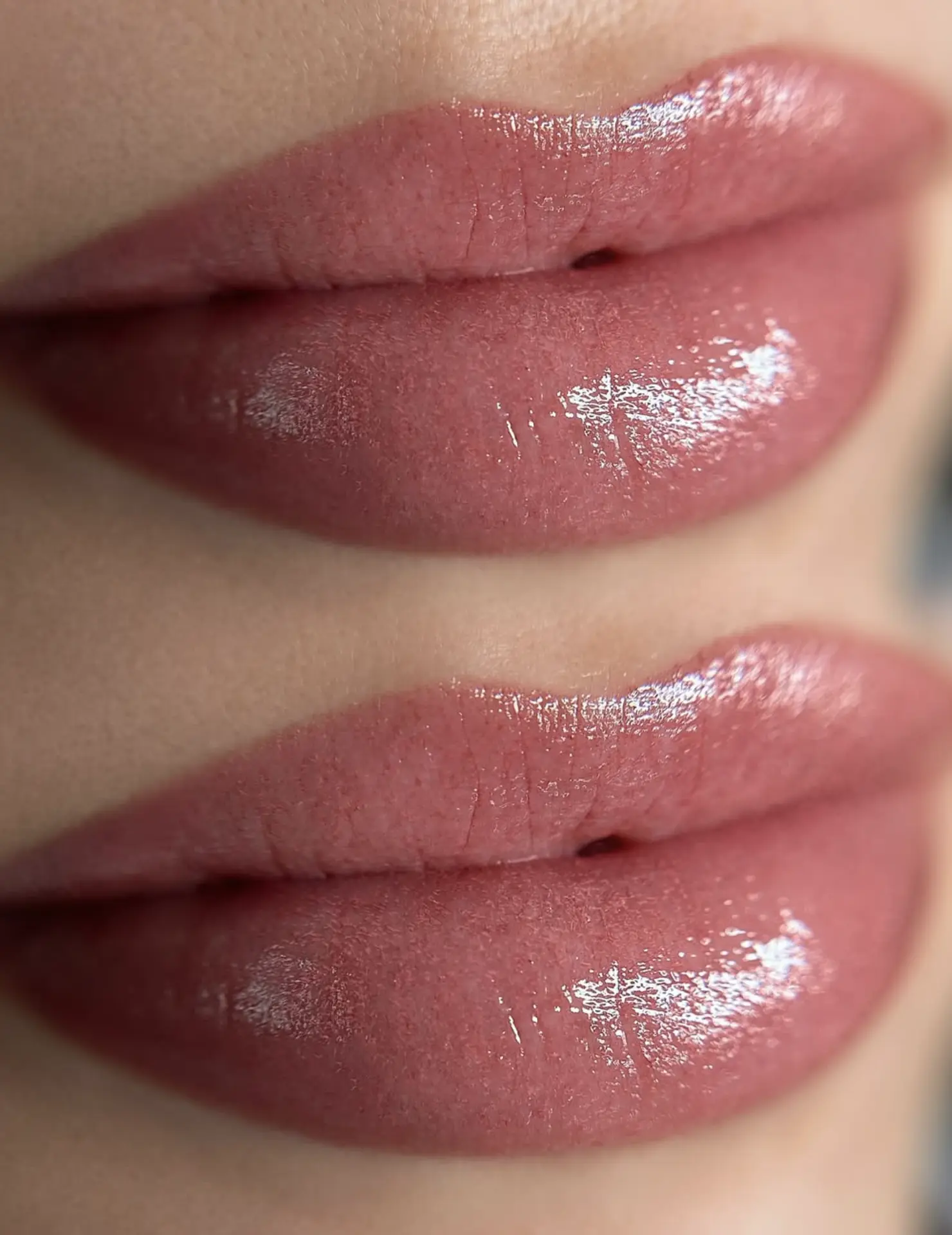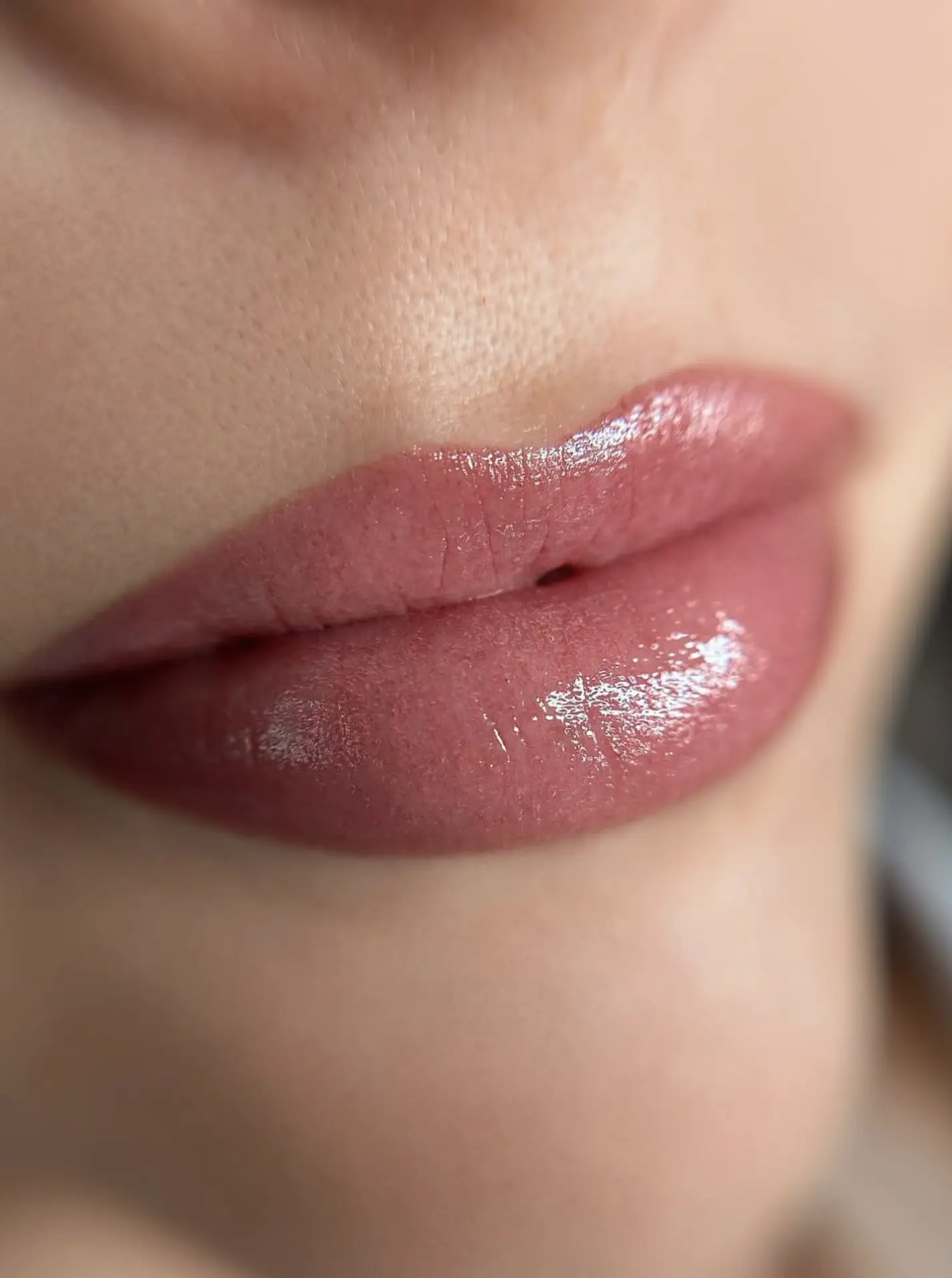Lip tattoos have become a popular cosmetic procedure to enhance lip colour, shape or symmetry. While the results can be beautiful and long-lasting, it’s important to be aware of the risks and complications before you have this done. Knowing these risks will help you make an informed decision and prepare for a smooth recovery. Cosmetic lip tattoos are especially popular in urban areas, like cosmetic lip tattoos in Melbourne.

Infection
One of the biggest risks of lip tattoos is infection. Since the procedure breaks the skin’s surface, it’s an open invitation for bacterial infections to occur. Make sure the tattoo artist uses sterilized equipment and follows strict hygiene protocols. Proper cleaning and aftercare for lip tattoos, like not exposing the tattoo to dirt or unclean environments, is just as important. Infections can lead to systemic complications, so sterile techniques are so important. Many cosmetic tattoo lips practitioners stress aftercare for this reason.
Allergic Reactions
Some people may be allergic to the pigments used in lip tattoos. Symptoms can be redness, itching, swelling or rashes. Doing a patch test before the procedure is a good idea to check for any allergic reactions. These allergic reactions can range from mild inflammatory reactions to more severe granulomatous or lichenoid reactions. Adverse reactions can also trigger skin sensitivities, especially in those who are prone to inflammatory responses.
Swelling and Bruising
Swelling and bruising are common immediate side effects of lip tattooing. These will subside within a few days but can be uncomfortable and make daily activities like eating and speaking difficult in the meantime. Using ice packs and over-the-counter anti-inflammatory medication can help reduce swelling during the healing phase. The healing process will include some redness and tenderness as the skin adjusts. Lip blush tattoo procedures often stress minimizing these effects through proper techniques.
Uneven or Unsatisfactory Results
Lip tattoos are semi-permanent so that the results will last for years. However, uneven pigmentation or unsatisfactory results can occur if an inexperienced tattoo artist does the procedure. Touch-ups may be required to fix these issues, which will mean more cost and time. Proper techniques by a professional tattoo artist are key to natural-looking pigment results. The type of tattoo ink and the artist’s experience with lip tattoos also play a big role in the outcome. Lip tattoo cosmetic services often require follow-ups to perfect the results.

Scarring
Improper technique or too much trauma to the skin during the tattooing process can cause scarring. Although rare, it’s a risk that highlights the importance of choosing a licensed tattoo artist with experience in lip tattoos. Decorative tattoos in such sensitive areas require precision to avoid tattoo complications, including scarring. Cosmetic lip tattoo techniques are designed to minimize scarring.
Fading and Discoloration
Over time, the pigment used in lip tattoos can fade or change colour due to sun exposure, type of tattoo pigment or skin sensitivities. Touch-ups may be required to maintain the desired look, adding to the overall cost of the procedure. Avoid direct sunlight and use lip products with SPF to prolong the pigment life. Fading can also be caused by improper healing or poor-quality pigment. Cosmetic lip tattoo Melbourne specialists recommend touch-ups for long-lasting results.

Pain and Sensitivity
Lips are a sensitive area, and tattooing can be painful. Numbing agents are applied before the procedure, but some discomfort is unavoidable. Post-procedure sensitivity can last for several days and requires extra care and patience. Pain tolerance varies from person to person, and some may experience intense pain during or after the procedure. The numbing agent itself can cause mild allergic reactions in sensitive individuals. Lip tattoo cosmetic procedures often involve pre-procedure consultations to assess pain tolerance.
Cold Sores
If you are prone to cold sores, lip tattooing can trigger an outbreak. This is because the procedure involves trauma to the skin, which can activate the herpes simplex virus infection. Take antiviral medication before and after the procedure if you have a history of cold sores. This is a consideration to avoid tattoo complications linked to viral infections. Cutaneous herpes simplex virus activation is a documented risk in lip tattoo procedures.

Cutaneous and Systemic
Cutaneous complications like fungal infections, dermatological complications or epidermal cell reactions can occur during the healing period. Systemic complications, although rare, can be inflammatory reactions or adverse reactions to tattoo ink. Healing can be affected by underlying skin sensitivities or poor aftercare.
Risk Minimisation
- Research Your Artist: Choose an experienced artist or licensed tattoo artist with good reviews, proper technique and a good portfolio.
- Ask Questions: Ask about the artist’s hygiene practices, sterile technique, equipment and pigments used for permanent makeup.
- Follow Aftercare: Follow the aftercare instructions, use the healing ointment and avoid citrus fruits to prevent infections and promote healing.
- Patch Test: Make sure you’re not allergic to the pigments by doing a patch test before.
- Follow-Up Appointments: Follow-up appointments can help with any acute issues or concerns.
- Avoid Direct Sunlight: Sunlight can cause fading or discoloration. Use lip products with UV protection for long-lasting results.
Lip tattoos can look amazing, but understanding the risks and taking precautions are key to a good experience. Complications like pigment overload or systemic complications can be avoided with proper planning and care. A risk review highlights the need for an experienced tattoo artist.
This risk review is for intellectual content and for those who are considering lip tattooing—beauty and risk balance for beauty enthusiasts and professionals in the industry. Lip blush tattoo techniques for those who want to enhance their natural lip color.
FAQ
Are lip tattoos permanent?
Lip tattoos are semi-permanent. The ink lasts 1-5 years, depending on skin type, lifestyle and sun exposure. Permanent tattooing, in this case, means regular touch-ups to maintain results.
How long does it take to heal from a lip tattoo?
Healing takes 7-10 days, but the full healing process can take up to 6 weeks. Make sure to follow aftercare instructions, avoid direct sunlight, and use healing ointment for a smooth recovery.
Can I wear lipstick after getting a lip tattoo?
Do not wear lipstick or any other products on your lips until the area is fully healed to prevent infection or irritation. Using products before full healing can increase the risk of bacterial infections.
What if I have an allergic reaction?
If you experience redness, swelling or itching that doesn’t go away, contact your tattoo artist and a dermatologist immediately. Reactions to tattoos can be mild to severe and may require medical attention. Severe cases can be granulomatous or inflammatory.
Is it painful?
Numbing creams are used to reduce discomfort, but some pain or sensitivity is expected during and after the procedure. Pain tolerance varies from person to person, and discussing this with your artist beforehand will help set your expectations. Intense pain or sensitivity may mean additional studies or techniques need to be done to improve the process.